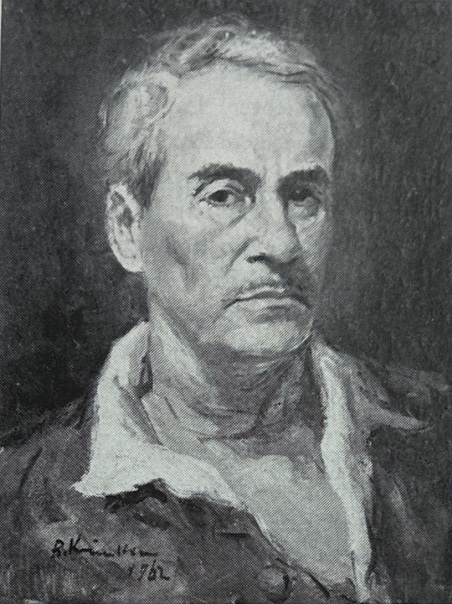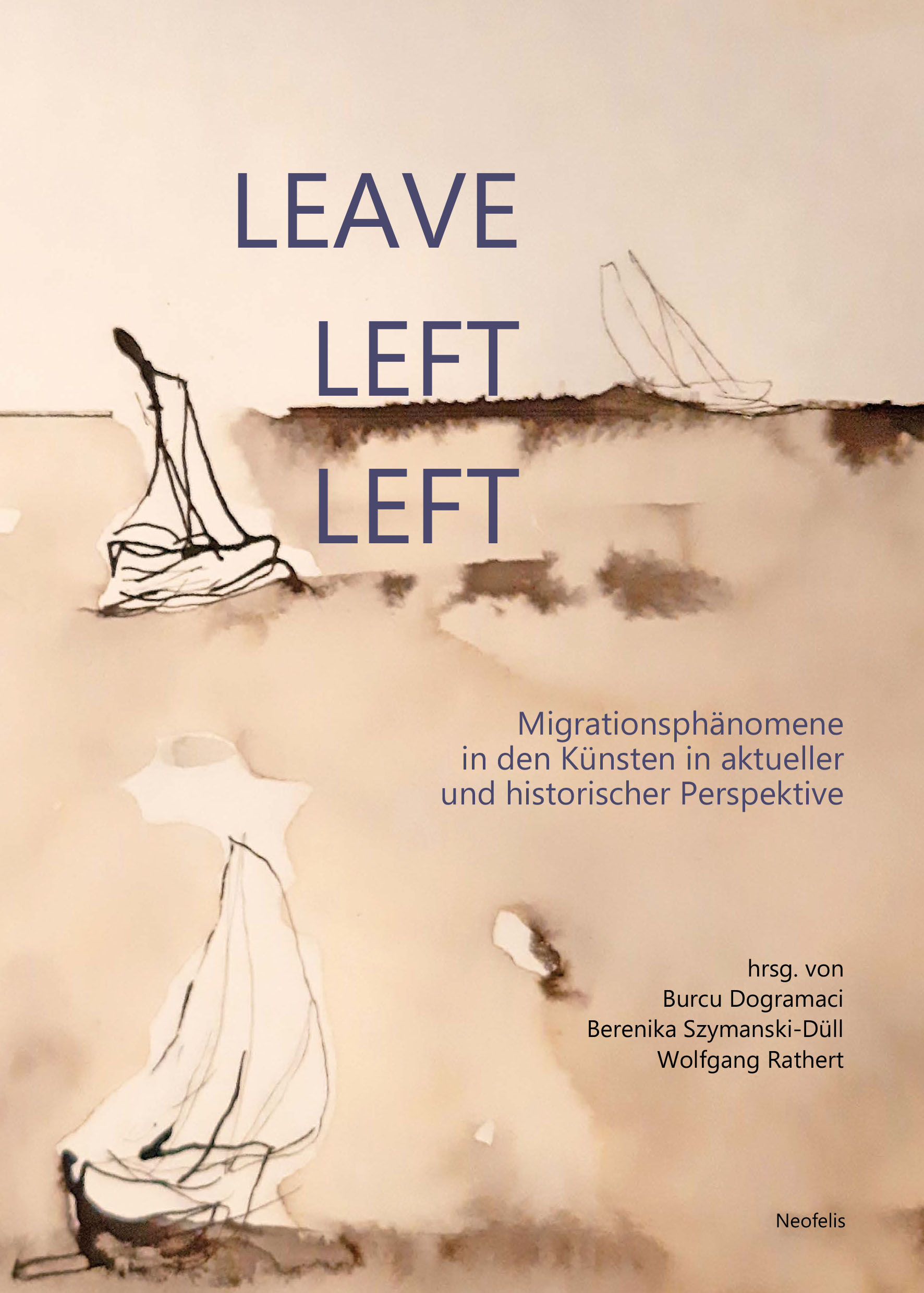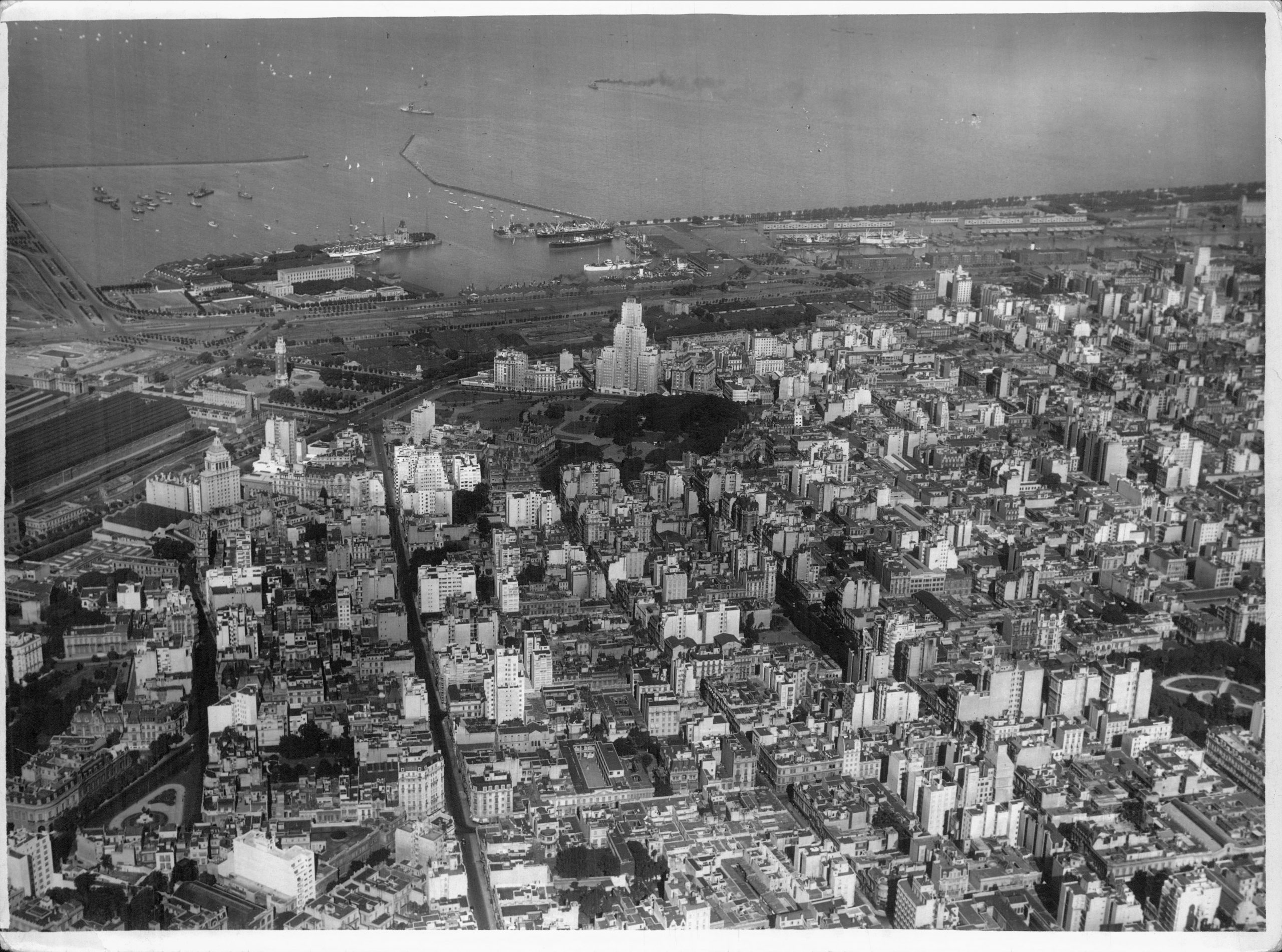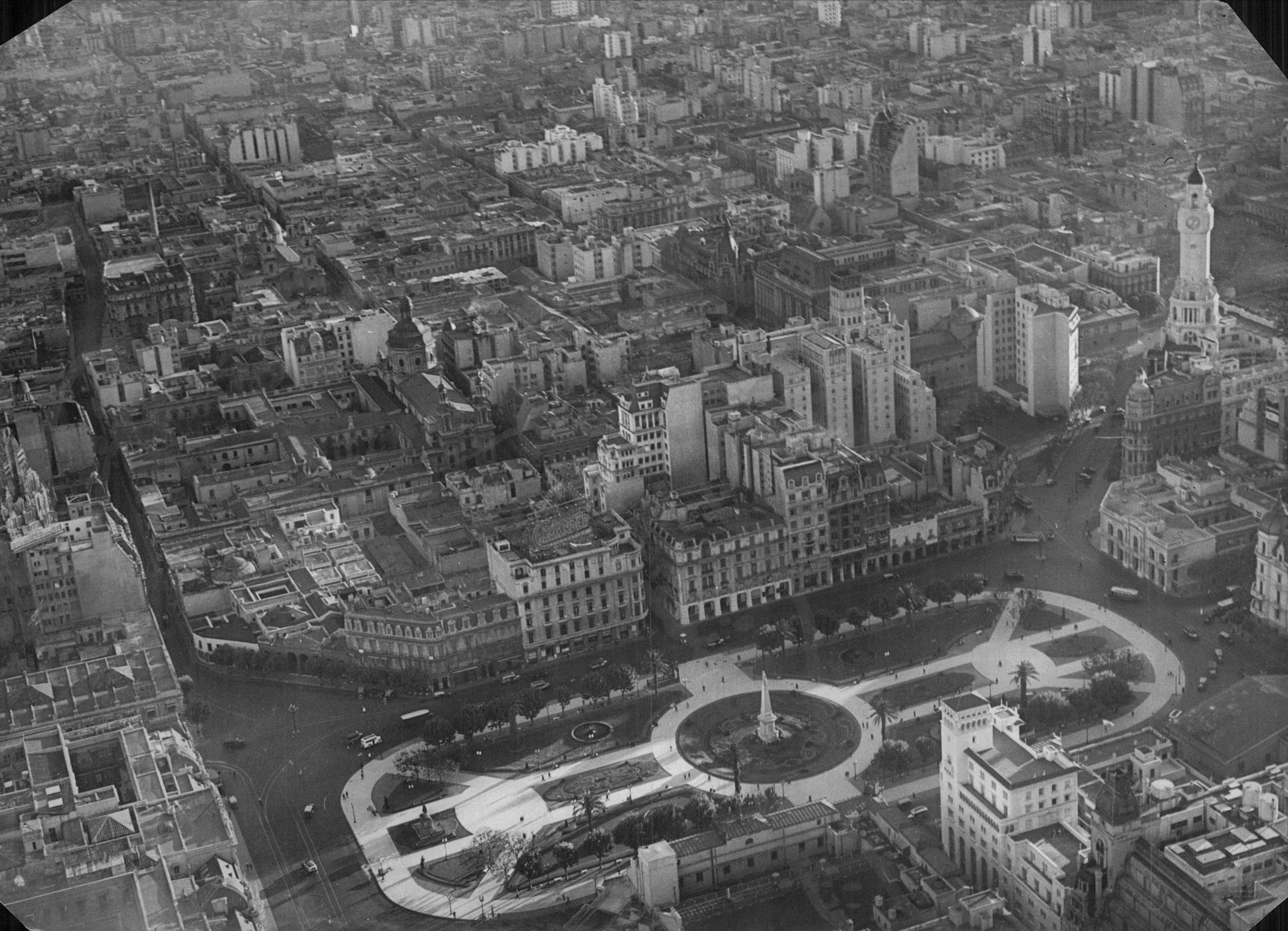
During the first half of the twentieth century, Buenos Aires was an important arrival city for Europeans fleeing dictatorial regimes. Argentina’s colonial past, supplemented by massive waves of immigration, created a cosmopolitan nation. Among the thousands of exiles arriving each year, Ukrainian artists Boris Kriukow and Olga Gurski settled in Buenos Aires with their little daughter Lidia in 1948.

Laura Karp Lugo gave a talk at the workshop “Art/Histories: Migrations, Transculturality; The Idea of Latin America”. This event was organized by Miriam Oesterreich and Paulina Bachmann as part of the activities of the Research Group “Art Production and Art Theory in the Age of Global Migration.” It was held at the Lateinamerika-Zentrum of the Universität Zürich from 5 to 7 March 2020.

Our team contributed two essays to the anthology “Leave, left, left. Migrationsphänomene in den Künsten in aktueller und historischer Perspektive” which is the result of a conference held on the 20th and 21th April 2018 at the Center for Advanced Studies (CAS) of the LMU Munich in the context of the focus “Representations of Migration”.

Laura Karp Lugo gave a lecture at the conference “‘Auctorialité’ Repenser l’auteur dans les arts et l’histoire de l’art”. The event was organized by German Center of Art History on 3-4 June 2019.
Laura’s talk entitled “Negotiating national identities as artists and migrants in Argentinean art in the first half of the twentieth century” was focused on crucial topics of METROMOD.
https://dfk-paris.org/sites/default/files/Auctorialit%C3%A9-Programme-Web_2.pdf

MUNTREF-Museum of Immigration and Center for Contemporary Art

A network of artists and intellectuals meets in Victoria Ocampo’s country house

The IIAC Archive: An important institution for research in Buenos Aires. Last summer, I spent four weeks in Buenos Aires, the city in which I am focusing my research.…

